Fighting Rages in Italy, Taranto Taken by the Allies,
Canadian Navy Boys Kept Busy on Messina Strait
Operation Baytown, and smooth landings at Reggio, commenced on September 3rd.
Operation Avalanche, and rocky landings at Salerno, commenced on September 9.
Salerno is seen above, about 200 miles NW of Reggio and Italy's toe.
Drawing is found in Eclipse, page 32
Introduction:
The above drawing of (chiefly) the 'toe of the boot of Italy' was presented on the previous post re newspaper clippings (and another one or two re war correspondents) before its appearance here. Because the Allies are active at Reggio on the toe, and Salerno 'on the shin' (about 200 miles from Reggio by road), and Taranto 'on the inside of the heel', the drawing is worth a repeat.
By the time the newspaper articles offered today (via The Ottawa Evening Citizen) appeared in Canada, members of RCNVR - 200 or more sailors - attached to the Canadian 80th Flotilla of Landing Crafts had been busy transporting British and Canadian troops and materials of war from Messina to Reggio - a seven mile jaunt - for one week, since the very early morning of September 3, the commencement of Operation Baytown.
Little direct reference is made to the RCNVR, or those members (about 900 - 1,000 I have read) who had also volunteered for the Combined Operations organization during the course of the war, and who had been trained in NW Scotland and southern England to handle landing crafts of various sizes. While manning ALCs and LCMs these men facilitated assaults on foreign shores, e.g., at St. Nazaire, Dieppe, North Africa (November, 1942), Sicily (July, 1943), and Italy (to name a few significant actions), two months after the successful landings on Sicily's southern shores, part of the "soft under belly of Europe," as P. M. Winston Churchill would say.
That being said, the presence of the RCNVR is felt, toiling across the Messina Strait, and some links to Combined Operations can be made in these offerings from the Citizen:
[Readers are invited to send questions or comments to G. Harrison, the editor of this site, to gordh7700@gmail.com]
The Front Page news -
On September 9, 1943, a second major landing took place in Italy south of Naples, at Salerno, and the Allied action (known as Operation Avalanche) was heavily resisted by German forces as we read below:
I suspect that a few Canadians in Combined Operations (Comb. Ops) were associated with some of the British ships that saw action (i.e., on loan to the RN) over the next few days, as a firm beachhead was established. Clayton Marks, author of Combined Operations and member of RCNVR and Comb. Ops, includes details about Operation Avalanche in his book.
A few excerpts are provided below:
On the extreme left of the British front, the American Rangers and British Commandos, were having a rough time. The LCA's which were to have landed the Commando stores apparently found the fire too heavy for their liking, and withdrew without unloading.
Objectives changed hands more than once, but were finally captured and handed over to the left flank British division. Out of a total strength of 738, more than half were casualties. As the landing craft came ashore, all supplies were unloaded and stored, and the beach area was kept clear for incoming craft by the Indian Gurkhas and Italian prisoners.
In the American areas, south of the Sele River, the battle remained critical for several days. For some reason fewer close support craft were allotted to this part of the front, and all landings were made under heavy machine gun fire.
Many ships had been improperly loaded, with a lot of irrelevant and unauthorised items on top of the urgently required tactical ones, and at one stage there was a mass of unsorted material - petrol, ammunition, food, equipment - lying so thick on the beaches that landing craft could find nowhere to touch down. Eventually a thousand sailors were landed from the ships to clear the waterfront, and pontoons were rushed in to the sector to make piers. But for some time all landing of stores had to be suspended.
It is pleasant to record that the three Winettes - Boxer, Thruster and Bruiser - played a notable part in this operation. They made six separate trips between the beaches and base ports in Sicily and Tunisia, and could have made more if they had not, on one voyage, been kept waiting about for 40 hours unloaded. They put 1345 guns and vehicles and 6,000 officers and men ashore into the beachhead at a time when they were badly needed. The same applied to many officers and ratings on the LCT's and the LST's who were deeply and severely involved in the landings.
So ended Salerno, a hard and difficult battle, the severest test so far of the technique of Combined Operations.
Pages 102 - 105.
Click here to read more about Operation Avalanche at Wikipedia.
'The technique of Combined Operations' (i.e., in brief, an operation in which the three branches of the Allied forces - Army, Navy, Air Force - co-ordinate their efforts) gets a bit of timely attention in the next article, about a practice operation or combined operation exercise in preparation for the eventual invasion of Western Europe, or as a diversion from some other event, etc.:
The last sentence above likely ended by saying,"The huge combined operations workout started a flurry of rumours about when the eventual invasion of Europe would occur, or, about where it would take place, or, about who was really dating who! More about invasion exercises and bombing raids in early September can be read here, about Operation Cockade.
More can also be read about "the huge combined operations" in the next two fine articles found in the next day's issue of The Citizen. I include them here for the sake of continuity:
And now, the news of Sept. 9th continues:
More from Canadian War Correspondent Ross Munro:
Mr. Munro hard at work, somewhere in the Mediterranean theatre.
"In the battle area between Valguarnera and Leonforte, Italy,
August 1943" says an entry at Wikipedia
Various news clippings follow from the September 10 issue of The Ottawa Evening Citizen:
I show the map below again (from Sept. 9) as it connects to the article that follows:
"Here you go. It's all part of the deal. You can have them."
Taranto is the third, but not the final landing spot that the Allies will invade:
Good advice follows from Ross Munro:
Part 2 of the "Johnny" Dehler story continues below. Part 1 can be found in the previous post, and a link to that post will be provided at the bottom of this day's clippings:
The next article reminds us that World War II was fought on many fronts:
Though this next article does not say "Delayed", we can see it is two days off the mark. Nonetheless, I like this wee trip back in time to read about the Sicilian reaction to news of Italy's surrender. Canadians in Combined Ops, including my father, blasted off a few rounds with their Lewis guns and drank a few bottles of vino before hitting the hay. Sanburn's last line is worth the price of admission, I say:
Please link to Context: Operation Baytown (4) Ottawa Citizen (Sept. 7 - 8, 1943) for more news from The Med.
More to follow from The Ottawa Evening Citizen (once the University of Western Ontario opens it s library, now closed due to COVID-19).
Unattributed Photos GH

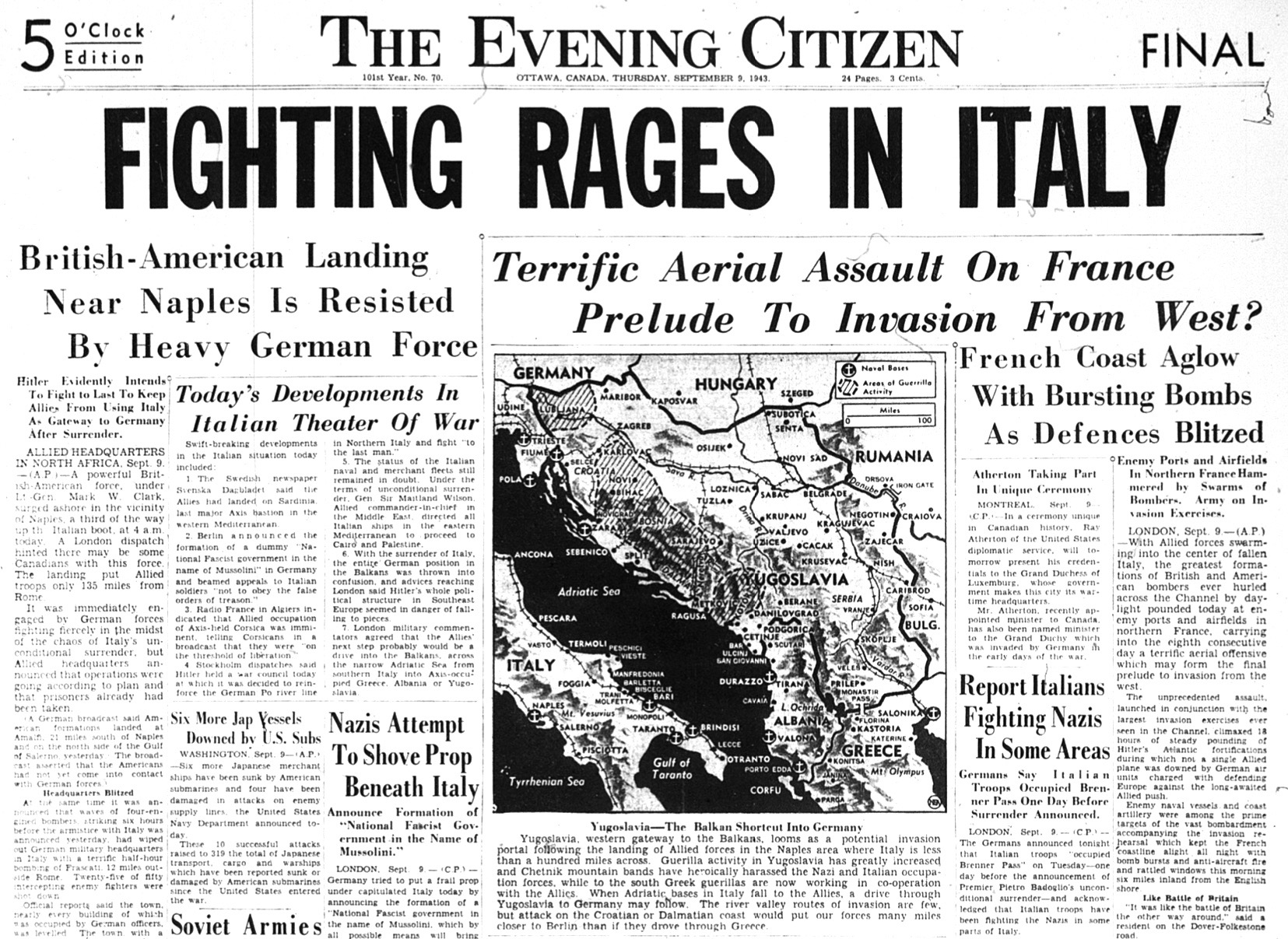






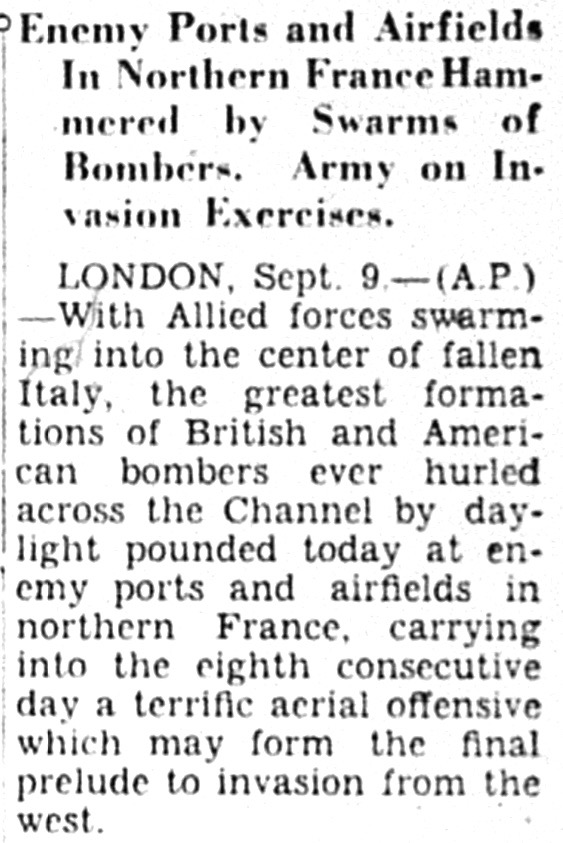

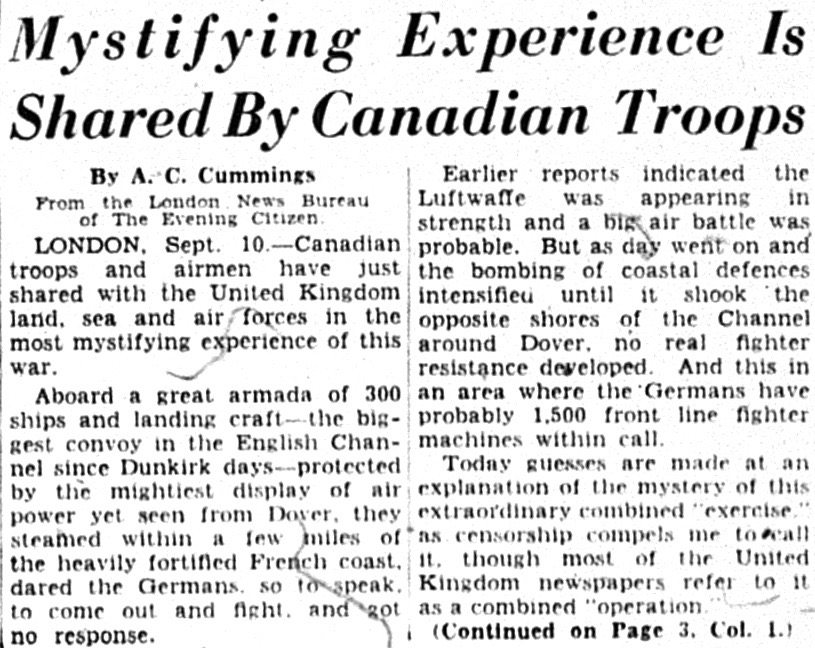




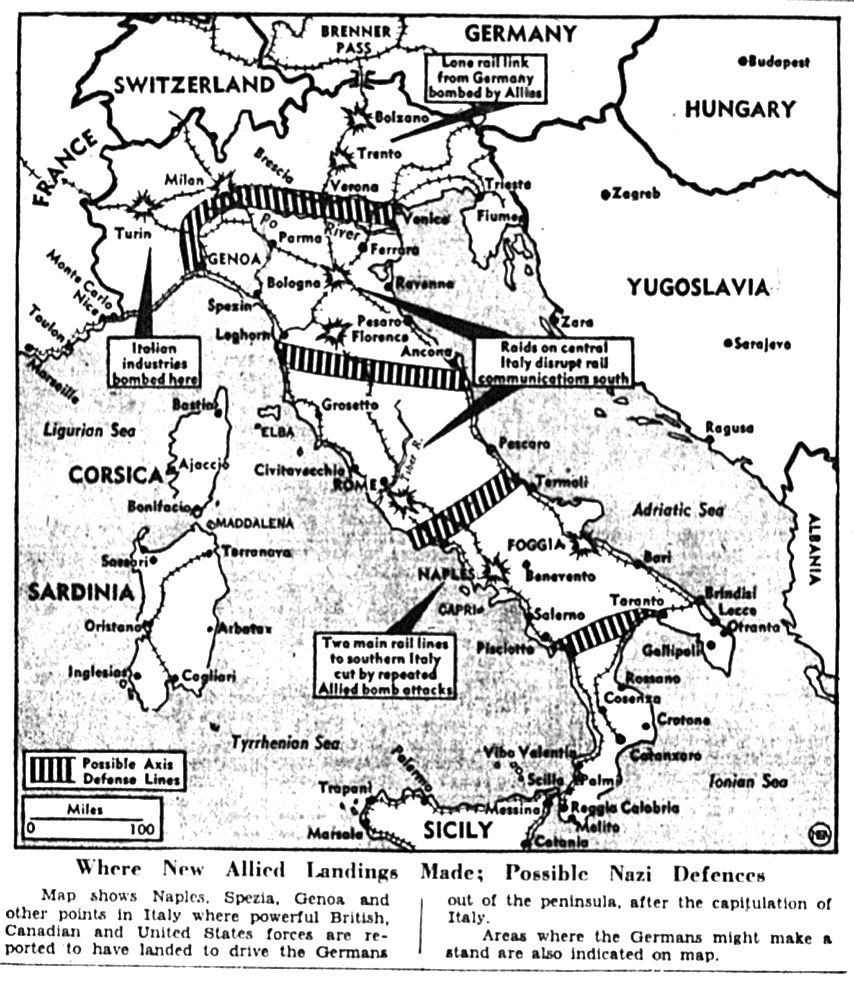

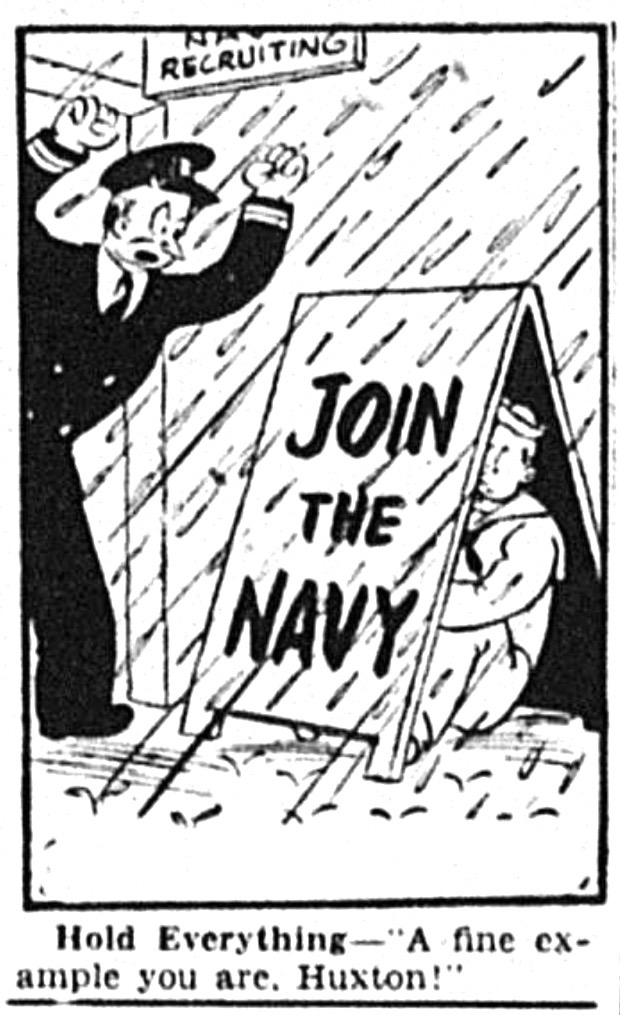
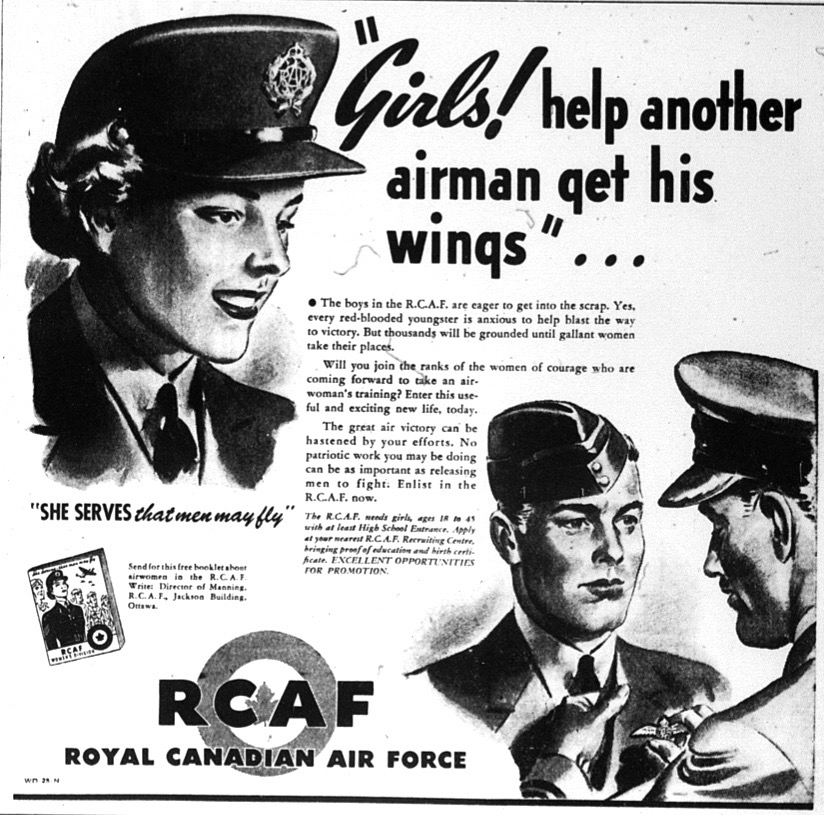












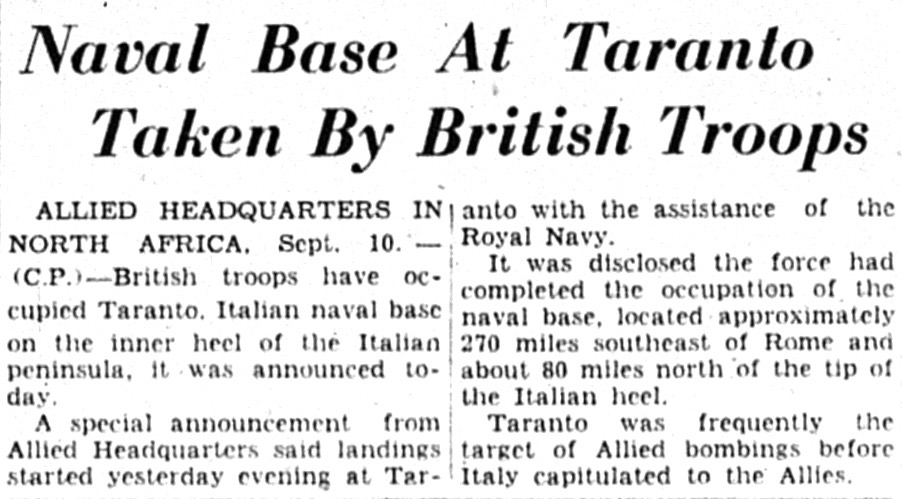
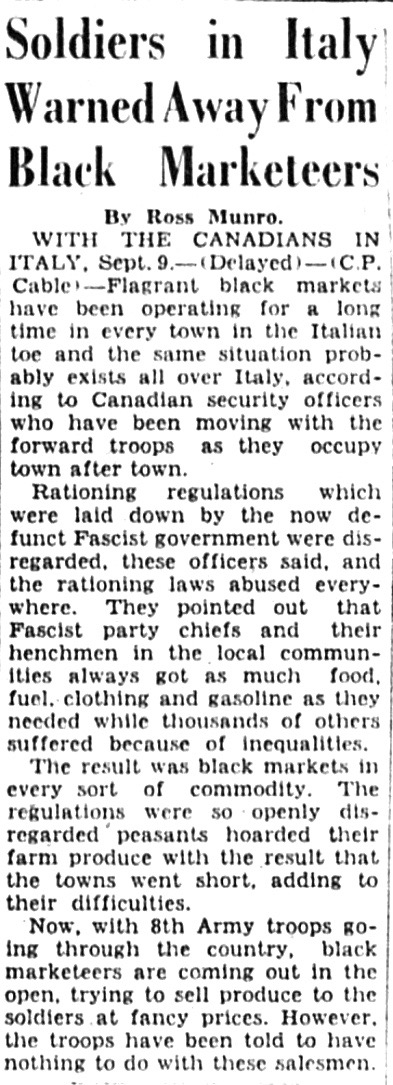
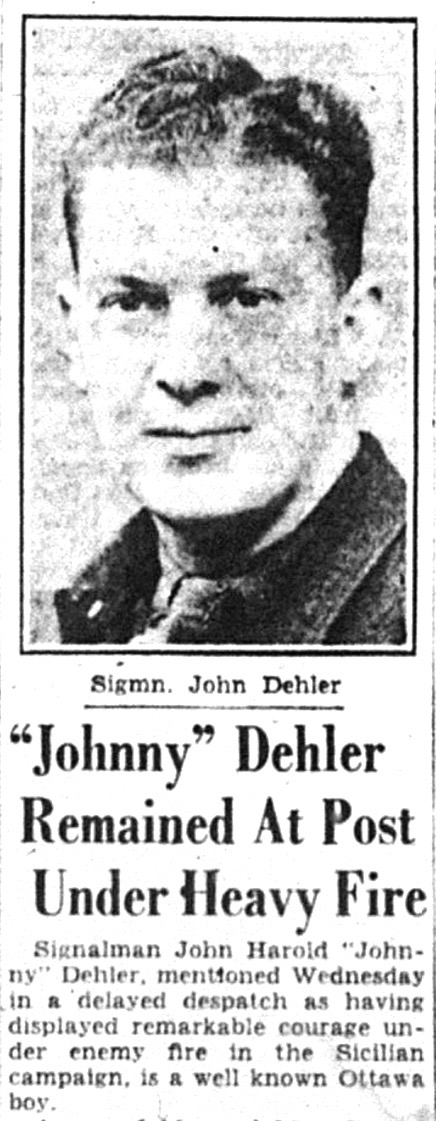






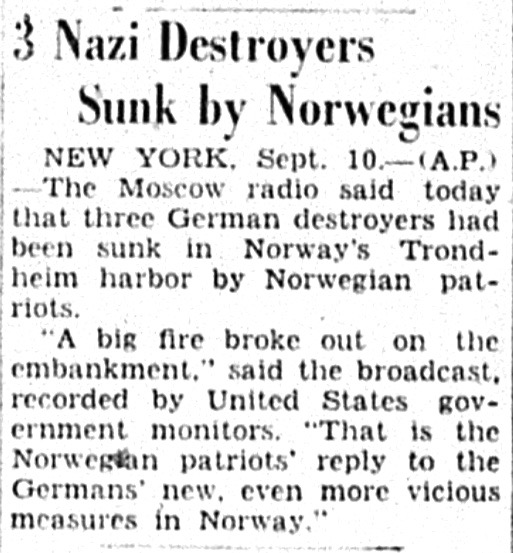

No comments:
Post a Comment